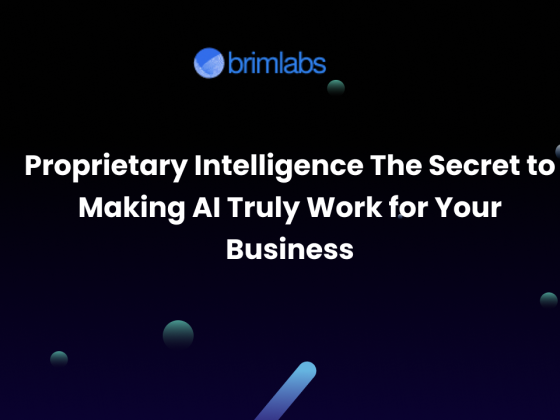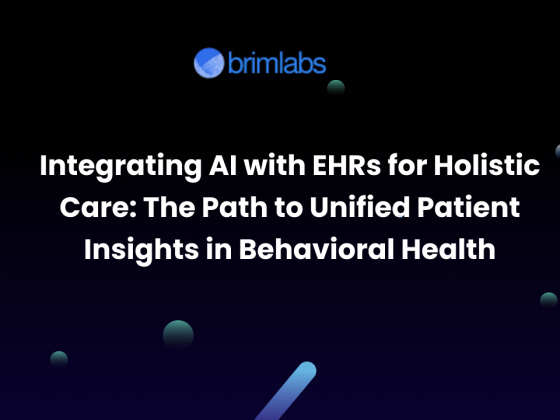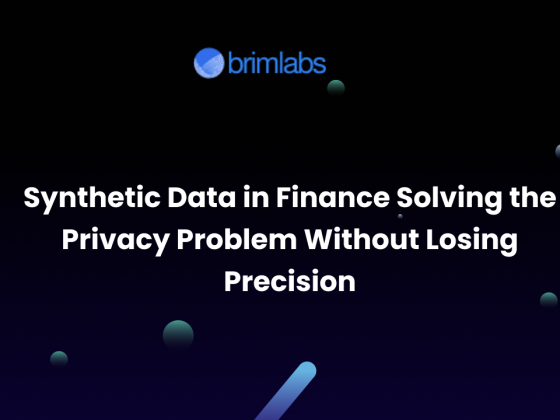As cyber threats become increasingly sophisticated, organizations are shifting towards autonomous AI agents to bolster their cybersecurity defenses. These agents operate continuously, leveraging AI and Machine learning to detect, analyze, and respond to cyber threats in real-time. With the rise in ransomware, phishing, insider threats, and zero-day vulnerabilities, traditional cybersecurity methods are proving insufficient. This blog explores how autonomous AI agents transform real-time threat detection and enhance cybersecurity resilience.
Understanding Autonomous AI Agents in Cybersecurity
Autonomous AI agents in cybersecurity are self-operating software systems powered by AI and ML. They perform the following tasks:
- Threat Intelligence Gathering: Collecting and analyzing data from various sources to identify potential threats.
- Real-Time Anomaly Detection: Identifying deviations from normal network behavior.
- Automated Incident Response: Mitigating risks by taking predefined actions against threats.
- Adaptive Learning: Continuously improving detection mechanisms through deep learning and pattern recognition.
- Behavioral Analysis: Understanding user and entity behaviors to spot suspicious activity.
These agents minimize human intervention, allowing cybersecurity teams to focus on strategic initiatives while AI handles real-time detection and mitigation.
The Role of AI in Real-Time Threat Detection
1. Machine Learning and Anomaly Detection
AI agents analyze vast datasets to distinguish between legitimate and suspicious activity. ML models use supervised and unsupervised learning techniques to detect anomalies that could indicate cyber threats.
2. Predictive Threat Intelligence
Autonomous AI agents analyze historical data and current trends to predict potential attack vectors, helping organizations proactively secure their networks.
3. Automated Threat Response and Mitigation
Upon detecting a security breach, AI agents can automatically initiate actions such as:
- Isolating compromised systems.
- Blocking malicious IP addresses.
- Sending alerts and reports to security teams.
4. Continuous Monitoring and Adaptive Learning
Unlike traditional cybersecurity tools that rely on predefined rules, AI agents continuously learn and adapt, making them effective against zero-day attacks and evolving threats.
Key Technologies Powering AI-Driven Cybersecurity
- Natural Language Processing: NLP enables AI agents to analyze security logs, emails, and chat messages to detect social engineering attacks, phishing emails, and malicious communications.
- Deep Learning and Neural Networks: Advanced deep learning algorithms enhance the ability of AI agents to detect sophisticated attack patterns that may bypass traditional security systems.
- Reinforcement Learning: AI models use RL to autonomously improve their responses based on past incidents, making them more efficient in handling security threats.
- Blockchain for Cybersecurity: AI agents can leverage blockchain technology to establish decentralized and tamper-proof security frameworks that enhance data integrity.
Real-World Applications of Autonomous AI Agents
1. Financial Sector Security
Banks and financial institutions use AI-powered agents to detect fraudulent transactions and unauthorized access attempts in real-time.
2. Healthcare Data Protection
With an increasing number of cyberattacks on healthcare systems, AI agents help protect electronic health records (EHRs) and prevent unauthorized data breaches.
3. Cloud Security
AI-driven security solutions continuously monitor cloud environments to prevent data leaks and unauthorized API access.
4. IoT Device Protection
AI-powered cybersecurity solutions protect smart devices from botnet attacks, malware, and unauthorized access attempts.
5. Government & Defense Systems
Autonomous AI agents play a crucial role in protecting critical infrastructure, government databases, and national security assets from cyber espionage.
Challenges & Considerations in Deploying AI for Cybersecurity
Despite its advantages, AI-driven cybersecurity solutions face challenges such as:
- False Positives: AI agents may sometimes flag legitimate activities as threats.
- Adversarial AI Attacks: Cybercriminals attempt to manipulate AI models to bypass detection.
- Data Privacy Concerns: Handling sensitive data requires compliance with regulations like GDPR and CCPA.
- High Computational Costs: Deploying AI at scale demands significant computational resources and infrastructure investments.
Organizations must strike a balance between AI-driven automation and human oversight to ensure optimal security without unintended disruptions.
Future of AI in Cybersecurity
With continuous advancements in AI and ML, the future of cybersecurity will witness:
- Self-Healing Systems: AI-powered cybersecurity frameworks that autonomously detect and fix vulnerabilities.
- Explainable AI (XAI): Improved transparency in AI decision-making to enhance trust and compliance.
- Quantum-Resistant AI Security: Protection against emerging threats from quantum computing.
- Integration with Zero Trust Architecture: AI-driven authentication and access control frameworks that follow the “never trust, always verify” principle.
Conclusion: How Brim Labs Can Help
At Brim Labs, we specialize in building AI-driven cybersecurity solutions that empower organizations to detect and mitigate threats in real-time. Our expertise in AI, ML, and cybersecurity enables businesses to strengthen their digital defenses, reduce risk exposure, and protect sensitive data from cyber threats. Whether you’re looking to integrate autonomous AI agents for real-time threat detection or enhance your overall security posture, our team is here to help.
Visit Brim Labs to learn more about how we can safeguard your organization with cutting-edge AI-driven cybersecurity solutions.











